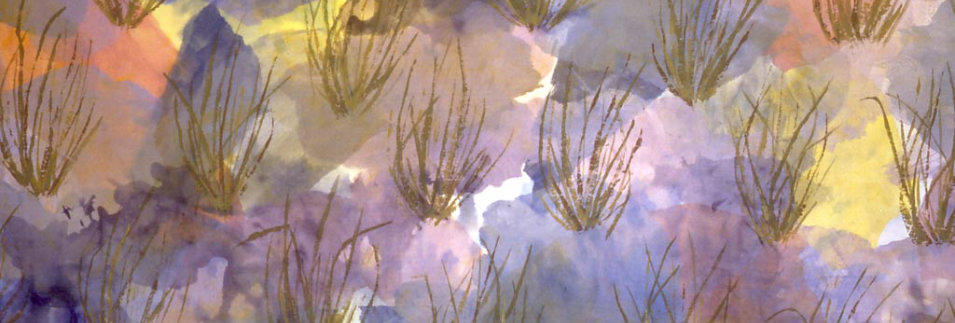
Papers.
Details of previously published papers by Susan Conway.
For more information e-mail: sc@susanconway.com
Site design: osirissystems.co.uk


Shan Culture and Tribute Systems.
Susan Conway produced a paper on 'Shan Culture and Tribute Systems' for the Shan Buddhism and Culture Conference. SOAS Centre for Buddhist Studies and the Shan Cultural Association, London. SOAS Printing Office, London, 2007.
Dress, Textiles and Trade in Southeast Asia.
Conference of The Textile Society of America, Smith College, 2003.
Power Dressing: Female Court Dress and Marital Alliances in Lan Na, the Shan
States and Siam.
Orientations Vol. 32, No. 4, April 2001 pp. 42-49.
Lan Na Court Dress in the 19th Century.
James W. Thompson Textile Symposium, Bangkok, Thailand 1999.
Bihar Quilting and Northeast Thai Weaving: a Comparative Study of Status.
Textile History, Vol. 30(1), 1999.

Textiles, Communication and Empowerment:
A Women's Development Project ETN Conference and Textile Celebration.
Manchester Metropolitan University, 1996.
Textiles, Traditions and the Marketplace Text Vol. 24, 1996.

Textiles, women and citizenship in rural Bihar.
India Quilters Review, No. 22, 1996.

Textile Research: An Integrated Approach Text Vol. 21, 1994.

Textiles and Supernatural Power: A Tai Belief System
Journal of Burma Studies, Northern Illinois University Centre for Burma Studies, Volume 22 No 2, December 2017.









